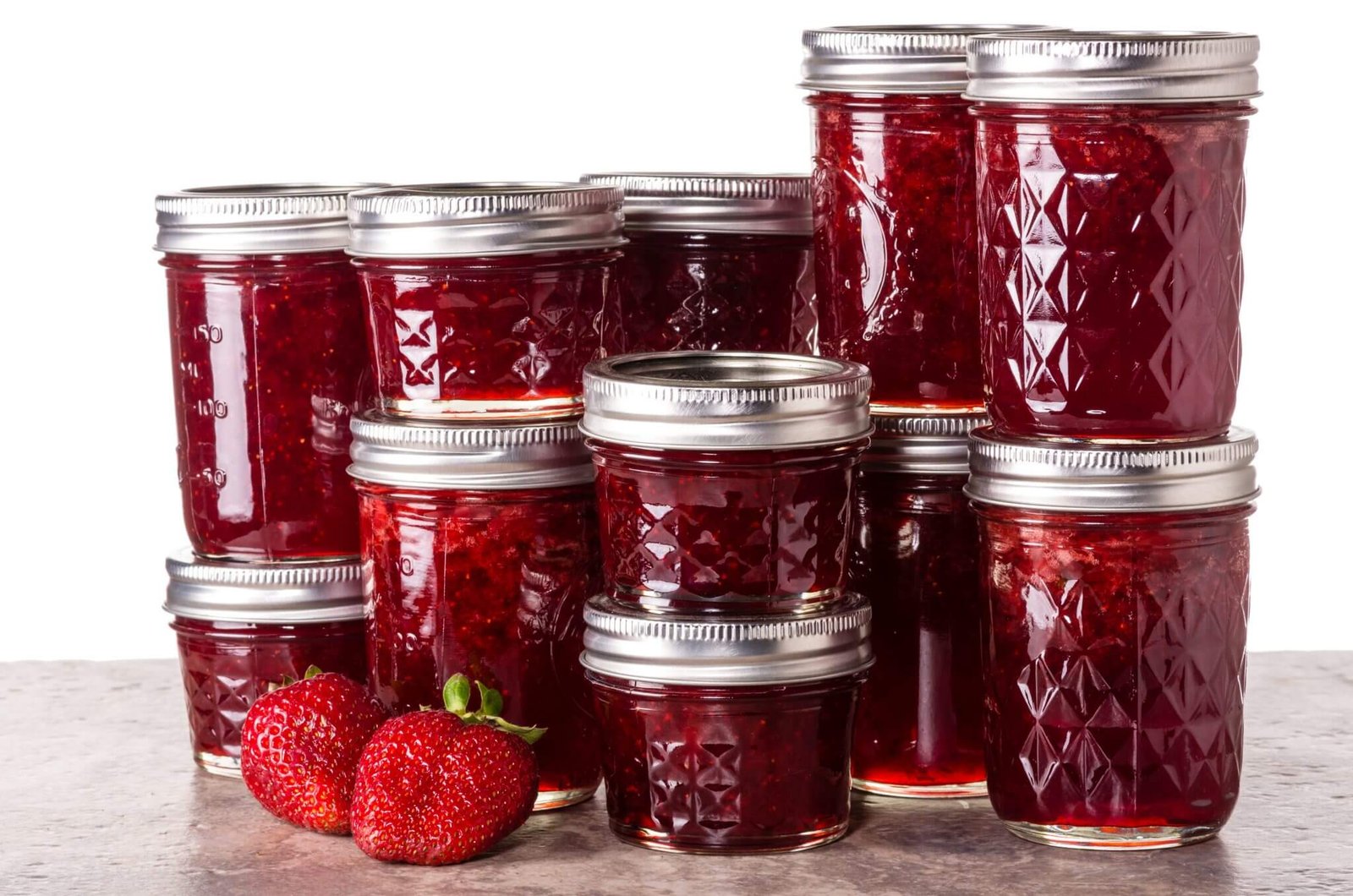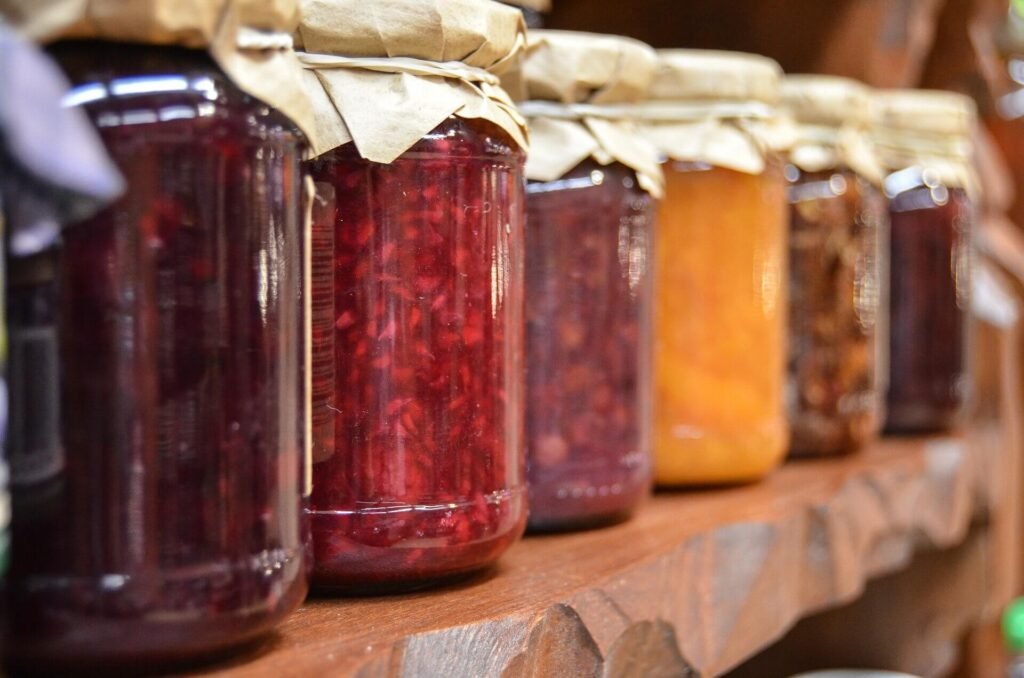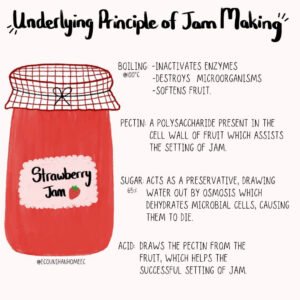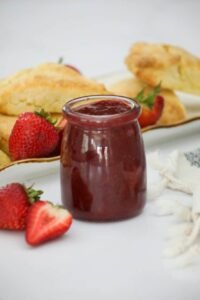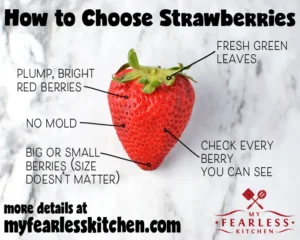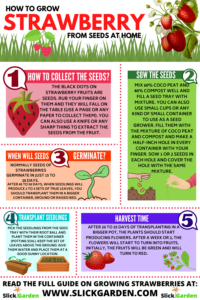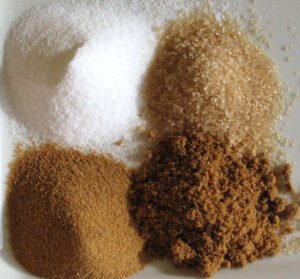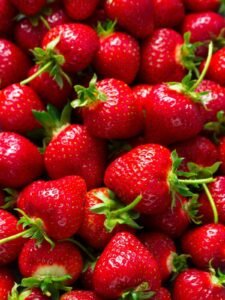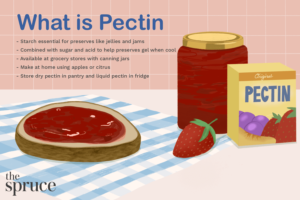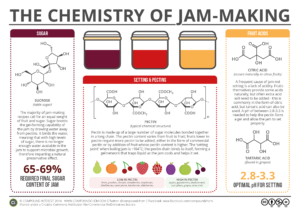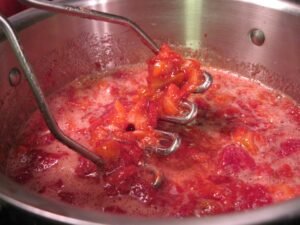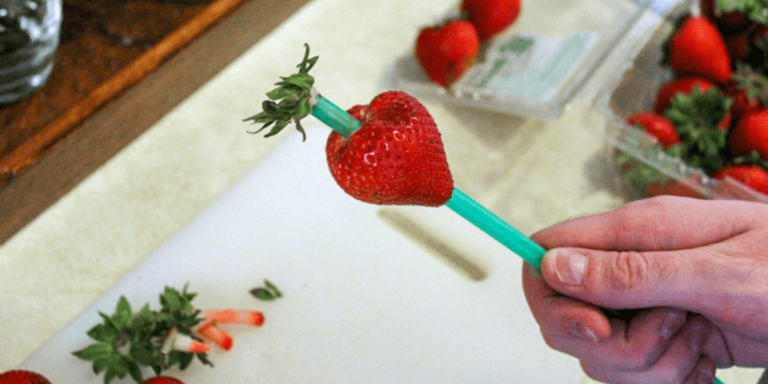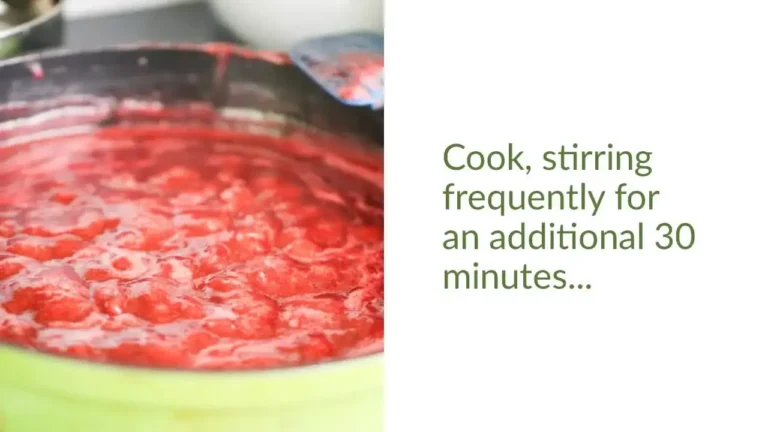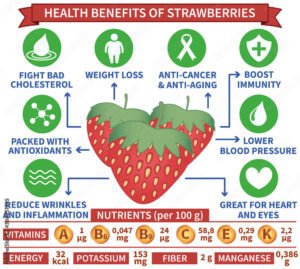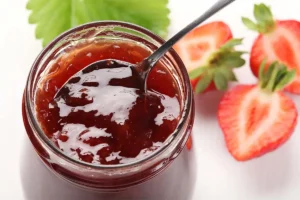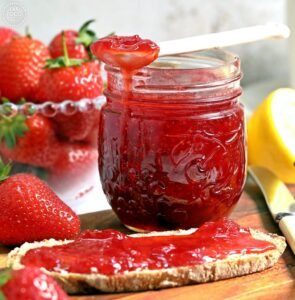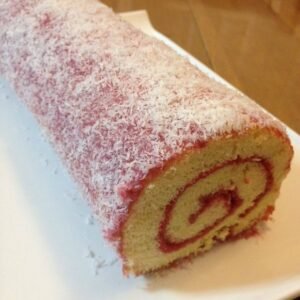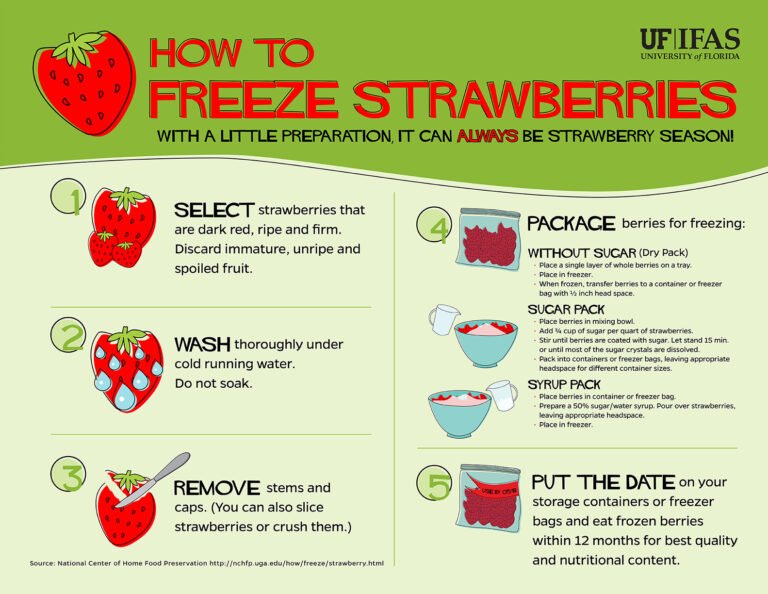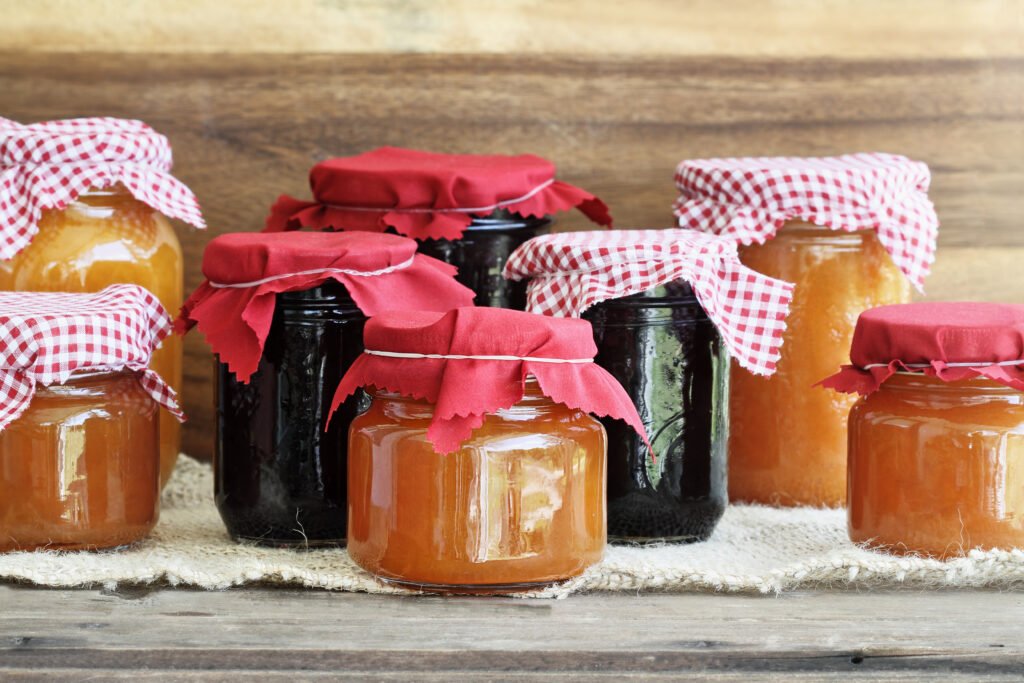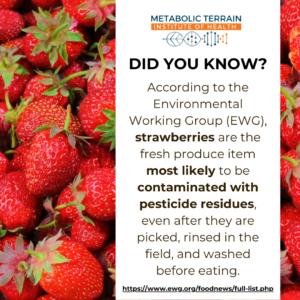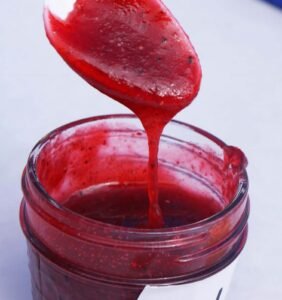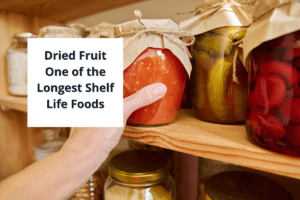How to make strawberry jam at home is not only a delightful way to enjoy fresh produce but also an important step towards self-sufficiency. If you’ve ever looked at a jar of store-bought strawberry jam and wondered about preservatives and artificial ingredients, you’re not alone. The beauty of homemade jam lies in its simplicity—just fresh strawberries, a bit of sugar, and a squeeze of lemon juice.
Picture this: beautifully red, ripe strawberries transforming into a pot of delicious, sweet jam right in your kitchen. The aroma fills your home, and the taste is unparalleled—a rich, tangy sweetness that store-bought jams can’t match. Plus, making your own jam is an excellent way to preserve the bountiful harvest of strawberry season, and it helps ensure you’re less reliant on commercial sources.
For more details and step-by-step guides, check out these excellent resources:
- Strawberry Jam Recipe | All Recipes
- Homemade Strawberry Jam | Divas Can Cook
- How to Make Strawberry Jam | Food.com
Post Contents
ToggleUnderstanding Strawberry Jam
Strawberry jam, a delightful preserve made from fresh strawberries, holds a prominent place in many households around the world. Whether you smear it on toast, add it to oatmeal, or use it as a cake filling, the sweet and slightly tangy flavour of strawberry jam is a crowd-pleaser. But what exactly goes into this sweet spread, and why is it such an important item for food preservation? Let’s dive into the basics of strawberry jam!
What is Strawberry Jam?
Strawberry jam is essentially a spreadable preserve made from fresh strawberries. The process typically involves cooking the fruit down with sugar and often some lemon juice to create a thick, sweet concoction. The cooking breaks down the berries, releasing their natural pectin, which thickens the mixture. Some recipes, like this homemade strawberry jam recipe without pectin, provide a simple approach by leaning on natural ingredients.
Uses of Strawberry Jam
You might wonder, what makes strawberry jam such a kitchen staple? There are plenty of creative and classic ways to use strawberry jam:
- On Toast: The classic pairing of strawberry jam and buttered toast is a breakfast favourite.
- In Desserts: Strawberry jam has a starring role in many desserts, from tarts to cookies.
- Yoghurt & Oatmeal: Adding a dollop to your morning yoghurt or oatmeal can maken your breakfast.
- Glazes & Sauces: Use it as a base for glazes on meats or as a sweet component in sauces.
Jam’s versatility makes it a keeper in any kitchen, offering a quick and tasty addition to many foods.
The Appeal in Food Preservation
For those interested in food preservation, making and storing strawberry jam provides numerous benefits:
Extended Shelf Life: Properly prepared and sealed jam can last for months, even years. This is invaluable for preppers and those looking to maintain an emergency food supply.
Taste of Summer Year-Round: By answering how do i make strawberry jam, by preserving strawberries at their peak freshness, you capture that summery flavour to be enjoyed throughout the year.
Cost-Effective: Making your own jam can be more affordable than buying it, especially if you grow your own strawberries or purchase them in season at a lower cost
Organic vs Non-Organic
Deciding between organic and non-organic strawberries can be tricky. Both types have their merits, but there are some important differences to consider when making your jam.
Organic Strawberries:
Pros:
- Low pesticide exposure: Organic strawberries are grown without synthetic pesticides, which is better for the environment and potentially better for your health.
- Rich flavour: Many believe that organic strawberries have a richer, more authentic strawberry taste.
Cons:
- Cost: Organic strawberries tend to be more expensive.
- Availability: They can be harder to find, especially out of season.
Non-Organic Strawberries:
Pros:
- Affordable: Non-organic strawberries are generally cheaper, making them more accessible if you’re on a budget.
- Easily available: They are readily available in most grocery stores year-round.
Cons:
- Pesticides: These strawberries might contain higher levels of pesticide residues, which some people prefer to avoid.
For more in-depth information on this topic, you can read about the benefits of organic strawberries and why choosing non-organic can still be a good option without compromising too much on health benefits here.
Best Types of Strawberries for Jam
When making jam, the type of strawberry you choose matters. Look for strawberries that are:
- Fully ripe: Ensure they are completely red and emit a sweet aroma. These strawberries will be at peak sweetness.
- Locally sourced: Local strawberries tend to be fresher and are usually picked at peak ripeness. This is especially true for varieties like Earliglow, which are known for their excellent flavour and texture in jam.
Choosing the right strawberries will set you on the path to making delicious strawberry jam. Whether you decide on organic or non-organic, focus on getting the freshest, ripest strawberries you can find for the best results.
Essential Ingredients for Strawberry Jam
When the time comes to prep and preserve your own strawberry jam, knowing the essential ingredients is key. Making jam from scratch can be rewarding, economical, and who can resist the fresh taste of homemade jam on warm toast? Let’s dive into these vital components, starting with sugar and pectin choices—they shape the texture and flavour of your jam.
Sugar and Pectin Choices
Sugar is more than just a sweetener in strawberry jam—it acts as a preservative and helps reach the desired gelled texture. Here’s a rundown of various sugar and pectin options:
Granulated Sugar:
The most common choice, granulated sugar is readily available and ensures a firm set. While it provides the right sweetness, it also preserves the jam by inactivating bacteria and mould.Brown Sugar:
For a caramel-like depth, some people prefer brown sugar. However, it can slightly alter the jam’s texture due to its higher molasses content.Honey or Agave Nectar:
Being healthier substitutions, honey or agave offer a distinct taste. They may make the jam thinner, and you might need additional pectin to get the right consistency.
Pectin is a natural substance found in fruit that helps your jam to set. Depending on the recipe, it can be added to ensure a good gel. Let’s look at your options:
Traditional Pectin: Found in powdered form, it’s highly reliable for ensuring a firm set. Brands like SureJell are commonly used, as suggested here.
Low-Sugar or No-Sugar Pectin: Available for those wanting a less sugary jam. These types of pectin allow for successful setting with much reduced sugar quantities.
Natural Pectin Sources: You can use apples, lemons, or other high-pectin fruits to achieve a set gel without commercial pectin. Adding lemon zest or juice (as found here) not only introduces pectin but enhances flavour.
For those who prefer a simple, pectin-free recipe relying on natural thickening, this guide from Divas Can Cook can help you get started.
Each choice brings a unique twist to your jam, leading to either a classic, sweet conserve or a rich-tasting, health-conscious option. Tailoring your ingredients to meet your preferences can make all the difference in how your strawberry jam tastes—and lasts.
Step-by-Step Guide on How to Make Strawberry Jam
By answering how do i make strawberry jam at home, is a sweet way to enjoy the taste of summer all year round. It’s not just about following a recipe; it’s about mastering each step to get that perfect jar of deliciousness.
Preparation of Strawberries
First things first, you need to prepare the strawberries properly. Here’s how to do it:
Washing the Strawberries: Make sure you wash the strawberries thoroughly. Fill a bowl with cool water and gently swish the berries around to remove any dirt or chemicals. Drain them and let them dry on a towel.
Hulling the Strawberries: Hulling means removing the green tops. You can do this with a paring knife or a strawberry huller for more ease. Insert the tool or knife at an angle into the top and twist to pull out the hull without wasting any flesh.
Crushing the Strawberries: Now, it’s time to crush them. You can use a potato masher or a fork to mash them up. It’s essential to ensure consistencies; you don’t want the strawberries to be too chunky. Aim for a mix of small chunks and well-crushed portions.
Make sure you have approximately 4 cups of crushed strawberries, which usually comes out of around 2 quarts of fresh strawberries.
Cooking Process
Once your strawberries are ready, it’s time to cook the jam.
Combining Ingredients: In a large, heavy saucepan, combine the crushed strawberries, sugar, and lemon juice. The lemon juice isn’t just for taste; it helps set the jam.
Heat Settings: Start the heat low to dissolve the sugar. It’s important to stir constantly to prevent burning. Once the sugar dissolves, you can bring the mixture to a rolling boil over medium-high heat. A rolling boil means it keeps boiling even when stirred.
Stirring Techniques: Stir frequently. Using a wooden spoon or a heatproof spatula can make it easier to scrape the sides of the saucepan. Pro-tip: Be patient and keep a close eye on it; the jam tends to bubble up and can easily overflow if left unattended.
Checking for Readiness: After the mixture thickens, which usually takes about 20-25 minutes, test for doneness. One way is the cold plate test: spoon a bit of jam onto a chilled plate and place it in the freezer for a minute. If it wrinkles when you push it, the jam is done.
Final Step: Once done, remove from heat and let it rest for a few minutes. Skim off any foam on the surface using a metal spoon. This foam won’t affect the taste but removing it gives your jam a clearer appearance.
By following these steps, you are well on your way to creating strawberry jam that’s perfect for spreading on toast, mixing into yoghurt, or even gifting to friends.
Canning Your Strawberry Jam
Canning your strawberry jam is an essential step to ensure it remains fresh and delicious long after the strawberry season has ended. Whether you’re new to preserving or a seasoned prepper, perfecting the art of canning will allow you to enjoy your jam for months. Let’s dive into the best methods for canning, and finish with some practical storage tips.
For A Full In Depth Canning Guide Click HERE
Storage Tips
Proper storage of your strawberry jam ensures it tastes fresh and lasts as long as possible. Here are some key storage tips and best practices for achieving the longest shelf life:
Use Sterilised Jars: Before even thinking about storing your freshly made jam, ensure your jars are thoroughly sterile. This is done by washing them in hot soapy water, then boiling them for 10 minutes or running them through a hot cycle in the dishwasher.
Seal Adequately: A strong seal is your first defence against spoilage. Pour your jam into the jars while still hot, leaving about a quarter-inch space at the top. Wipe the rim, so it’s clean before sealing. Finger-tighten the lids, then process the jars in a boiling water bath for about 10 minutes to ensure a proper seal.
Cool and Check Seals: After processing, let the jars cool on a towel or rack. Once cooled, press down on the centre of each lid. If it doesn’t pop, the jar has sealed properly. Loose lids mean a failed seal, so refrigerate and use that jam first.
Label Your Jars: Make it easy to track inventory by labelling each jar with the date of canning. This way, you’ll always know when it was made and can use older batches first. Include the flavour, especially if you are canning multiple jam variarities.
Store in a Cool, Dark Place: Your sealed jars should be stored in a pantry, cupboard, or any space that is dry, dark, and cool. Exposure to light and heat can degrade the jam and shorten its shelf life.
Check Regularly: Every few months, check your jars for signs of spoilage such as a bulging lid, strange odour, or visible mould. If any of these signs are present, discard the jam immediately.
Following these tips ensures your hard work pays off, allowing you to savour your strawberry harvest all year round. For a closer look at canning procedures, you might find helpful guides like the Ball® Classic Strawberry Jam recipe or detailed canning tips on Lord Byron’s Kitchen.
Safe canning and proper storage, when done right, will bring the joy of summer into the long winter months. Keep your pantry stocked with delicious homemade jam, and enjoy the fruits of your labour whenever you please.
Creative Ways to Use Strawberry Jam
Strawberry jam isn’t just for spreading on toast in the morning. There are countless ways to incorporate this sweet treat into meals, snacks, and even gifts. If you’ve found yourself wondering how to make strawberry jam more versatile, you’re in the right place. Let’s dive into some fun and creative uses.
Breakfast Delights
Mornings just got a lot more exciting with strawberry jam. Besides the classic pairing of toast and jam, consider mixing it into your yoghurt for an extra burst of sweetness. How about creating a layered parfait with granola, yoghurt, and dollops of strawberry jam? You might also try spreading it on pancakes or waffles instead of syrup.
Ideas:
- Stir into plain yoghurt or oatmeal for a flavour boost.
- Swirl jam into pancake or waffle batter for fun patterns.
- Make a PB&J smoothie by blending peanut butter, jam, banana, and milk.
Baking Wonders
When it comes to baking, strawberry jam can be your secret weapon. It makes an excellent filling for cakes and pastries. Try your hand at a strawberry jam cake roll, where the jam feels at home in every bite. For something simpler, consider jam thumbprint cookies or strawberry glaze for a plain pound cake.
Savoury Twists
Who said jams only belong in sweet dishes? It might surprise you to find out that strawberry jam pairs wonderfully with savory dishes too. Using it in a glaze or marinade for meat can give your dish a delightful balance of sweet and savoury. A classic example would be a ham glaze made with strawberry jam, mustard, and a bit of vinegar.
On-the-Go Snacks
Strawberry jam is perfect for quick snacks, especially if you’re always on the move. Spread some onto a cracker and pair it with a slice of cheese for a tasty treat. You can also make jam-filled biscuits or a quick jam sandwich. If you’re feeling fancy, layer it onto cream cheese-stuffed celery sticks for a unique, portable bite.
Ideas:
- Top cheese and crackers with a bit of jam.
- Make mini jam sandwiches using leftover baguette slices.
- Fill tortilla wraps with jam and cream cheese: simple yet sophisticated.
Beverage Enhancer
Strawberry jam can even elevate your regular beverages. Stir a spoonful into hot tea for a fruity twist, or blend it into a summer iced tea or lemonade. It can also act as an interesting base for mocktails and cocktails. Imagine a refreshing strawberry cooler with hints of mint.
Ideas:
- Mix jam with lemonade or iced tea.
- Use it to sweeten and flavour smoothies.
- Create a jam-based mocktail or cocktail.
Gift Ideas
Strawberry jam can also serve as a charming gift. Fill small jars with your homemade jam and add a pretty ribbon or handwritten label. Pair it with other homemade goodies like scones or bread in a gift basket for an extra thoughtful touch. Nothing says “I care” like a gift made from scratch.
Re-thinking the way we use strawberry jam can make even the simplest of meals exciting. For even more fabulous ideas, check out this awesome collection of recipes that creatively use strawberry jam.
No matter how you use it, strawberry jam can enhance the flavours of your everyday dishes, turning the ordinary into the extraordinary.
Troubleshooting Common Issues
Making strawberry jam sounds simple, but it doesn’t always go smoothly. Let’s address some common problems you might face and how to fix them. No need to worry – I’ve got your back!
Jam Didn’t Set
If your jam turns out runny, you’re not alone. This can be a common issue for many jam-makers.
- Check Pectin Levels: Strawberries have low pectin, which is the natural setting agent in fruits. Adding extra pectin can solve the problem. Alternatively, consider adding a bit of lemon juice.
- Boiling Time: Make sure you’re boiling the jam mixture long enough – it might need more time to reach the setting point. Here’s more about boiling times and settings. Sometimes, it’s just about patience.
Jam is Too Thick or Too Hard
Have you ended up with something closer to candy than jam? This can happen if the jam is overcooked.
- Monitoring Boil Time: Keep an eye on the boiling time and temperature. If the jam boils for too long or at too high a temperature, it will become too thick.
- Proper Measurements: Always measure sugar and pectin precisely as prescribed. Adding too much of either can lead to overly thick or hard jam. Learn more about perfect measurements.
Cloudy Jam
Nobody likes a cloudy jam – it just doesn’t look as appetising.
- Clean Fruit: Make sure the strawberries are properly washed to avoid debris causing cloudiness.
- Scum Removal: Skim off any foam or scum that forms on the surface while boiling the jam. This scum can also make the jam cloudy.
Jam Tastes Funny or Off
So, your jam smells or tastes odd? How frustrating!
- Fresh Ingredients: Always use completely ripe and fresh strawberries. Spoiled or overripe fruit can give the jam an off flavour.
- Sterilise Jars: Properly sterilise your jars and lids. Contamination can ruin the taste of the jam. Here’s a guide on sterilisation.
Jam Didn’t Gel
It’s heart-breaking when the jam doesn’t gel; it stays in a liquid-ish stage.
- Re-cooking: If your jam didn’t gel, you might need to re-cook it. Add a bit more pectin and re-boil. Here’s a detailed guide on what to do if your jam doesn’t gel.
- Check Your Pectin: Check the pectin’s expiry date, or consider switching brands. Sometimes, old or low-quality pectin can be the culprit.
By understanding and rectifying these common dilemmas, you can ensure your strawberry jam turns out as perfect as you imagined. Stick close to these solutions next time you venture into jam-making, and remember – practice makes perfect!
Conclusion
How to make strawberry jam at home is an incredibly rewarding and practical skill for any prepper. It allows you to control ingredients, ensuring a healthier and more flavourful product compared to store-bought alternatives.
Strawberry jam is versatile. It can be used in various recipes, stored for long periods, and made in large batches to ensure you always have a tasty treat on hand.
The process of how to make strawberry jam isn’t complicated. With a bit of time and a few ingredients, you can produce jars of beautiful, homemade jam.
Give it a go and experience the sweet satisfaction of creating your own pantry essentials. Homemade strawberry jam is more than just a condiment; it’s a testament to self-sufficiency and preparedness.
.

